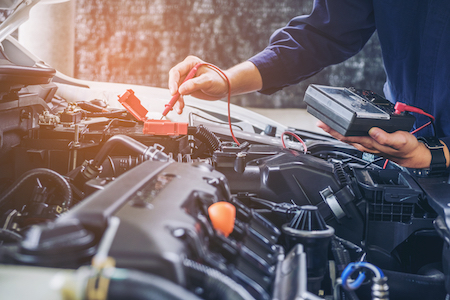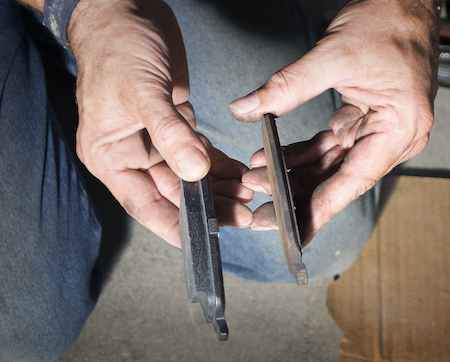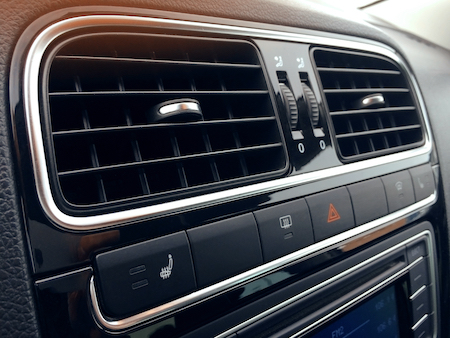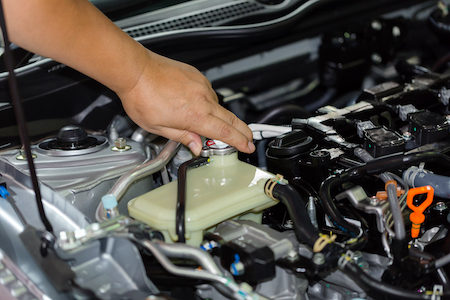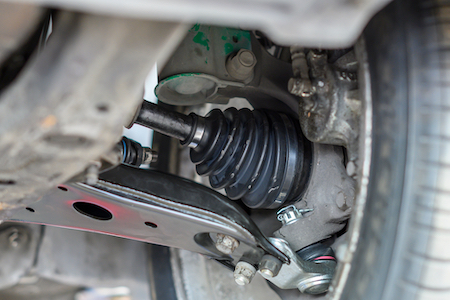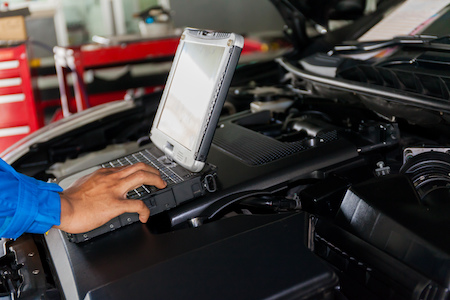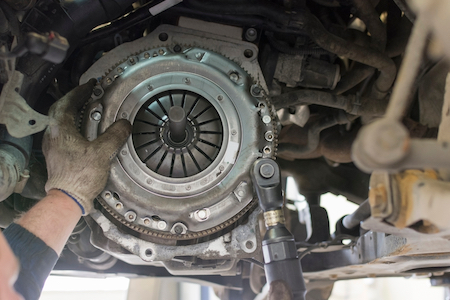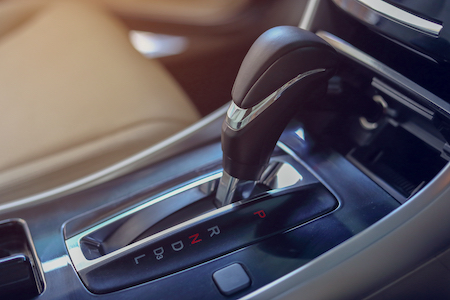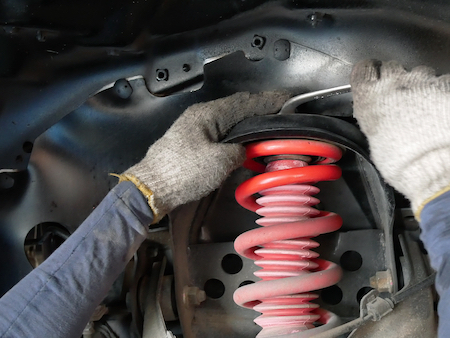What car are you driving today? Does it run on gasoline? Is it a hybrid? Or electric?
Driving down the street shows just how far we’ve come in a short period of time. The hybrid car market is on track to grow at approximately 9 percent per year over the next few years. The electric car market has exceeded expectations, increasing 67 percent from 2019 to 2020.
Cars are changing. That also ensures that auto mechanics are changing too.
But what does that look like? Will you still be using mechanics in a similar fashion in the future?
Auto mechanics are changing. What does that mean for you?
Cars today
All you have to do is look in your own driveway or garage to see how cars are changing. You may have a gasoline-driven vehicle several years old, sitting next to a hybrid that gives you better gas mileage and is more efficient.
That’s representative of drivers all across America today.
Research shows more than 76 million vehicles on the road today are more than 16 years old. Thanks to technology, better mechanics, and economic considerations, cars over 12 years old are expected to grow as much as 12 percent per year. In the past decade, we’ve increased how long we own a car by 60 percent.
Hybrids and electric cars may be our future, but for now, we’re driving our cars longer than ever before.
Leasing or buying – a huge difference
Leasing is becoming a popular choice as cars increase in price. That means many drivers are out there swapping out their vehicles every few years.
That may seem like an easy way to move gasoline-based vehicles out and hybrid and electric vehicles in, but eventually, we’ll have a lot of older vehicles in all classes of cars.
Older cars run beyond their warranty. But they still have life left for the driver. That’s when auto mechanics will really change. Suddenly, we’ll have cars on the road – gasoline, hybrid, and electric – and they will all require maintenance to keep them running efficiently for the life of the vehicle.
Auto mechanics will be highly skilled as they move from vehicle to vehicle, keeping them in good operating condition. Not only will they be skilled with traditional mechanics, but they will also be skilled in electronics. That’s where independent shops will thrive as they continue to hone their skills to fix the problems associated with aging auto markets.
Auto parts
Have you faced this scenario? Your car isn’t operating correctly. It makes a noise, or you notice a smell. You bring it in for repair.
After a thorough diagnostics test, it’s determined one of the systems needs a new part. They order it … and you wait. Increasingly, you may have had to wait days for a part to be shipped in from somewhere else. It takes time for the part to be delivered, and more time for the part to be installed.
One of the advantages of having a standard car with an equally common problem is the abundance of parts. You can find them everywhere.
With so few hybrids and electric vehicles on the market, finding specific parts can be challenging at best.
As cars grow in popularity and we start honing in on simplifying how different systems work, even parts on hybrids and electric vehicles will become more commonplace. Especially for independent shops, they can be very specific in the services they provide, and be ready to make the necessary repairs quickly when you drive in.
That saves you time and money in the long run.
The future of auto repair
You only have to step into an auto mechanic shop today to see the changes that have taken place over the past few years. It’s more about diagnostics and technology than good old-fashioned “grease monkey” discovery.
The world is being automated right before our eyes. Why should we expect any difference within the automotive repair industry? Yes, some parts and services of the auto mechanics niche will disappear forever – hello, buggy whips. But new parts and services will take their place.
As we build more sophistication into every car we develop, that means an increase in artificial intelligence (AI), machine learning, and technology. All of this operates with sensors and other sophisticated equipment. When something goes wrong, it will be the auto mechanic of the future that steps in and makes the repair.
There will also be distinctions between individual and commercial classifications. As we step into autonomous transportation, there will be even more need for regular maintenance to ensure all vehicles on the road stay in good working condition. To ensure vehicles operate well to avoid error and reduce driver error, it will be imperative that every technical part on a vehicle is calibrated and working well.
That requires a skilled auto mechanic to ensure it’s fully operational.
Different time. Different vehicle. Different skills.
Auto mechanics are changing
But the need will never disappear.
Just like the Ford Model T required a specific type of auto mechanic, so to will the cars of tomorrow.
No matter how many technological advancements we make, or how many changes we make to the vehicles we drive, there will always be a need to maintain them, and keep them functioning at their best.
Every part, component, electrical connection, or mechanical device will wear down over time.
It’s an auto mechanics’ job to understand each system thoroughly, and be able to fix it when it needs to be updated.
The complexity of the systems are changing. An auto mechanic’s job will change too.
It won’t decrease the need for auto mechanics. It simply changes the services they provide.
What matters most is the relationship you develop, and the trust you place in ensuring they do a top-quality job for you.
Are you happy with the auto mechanic who services your vehicle?

